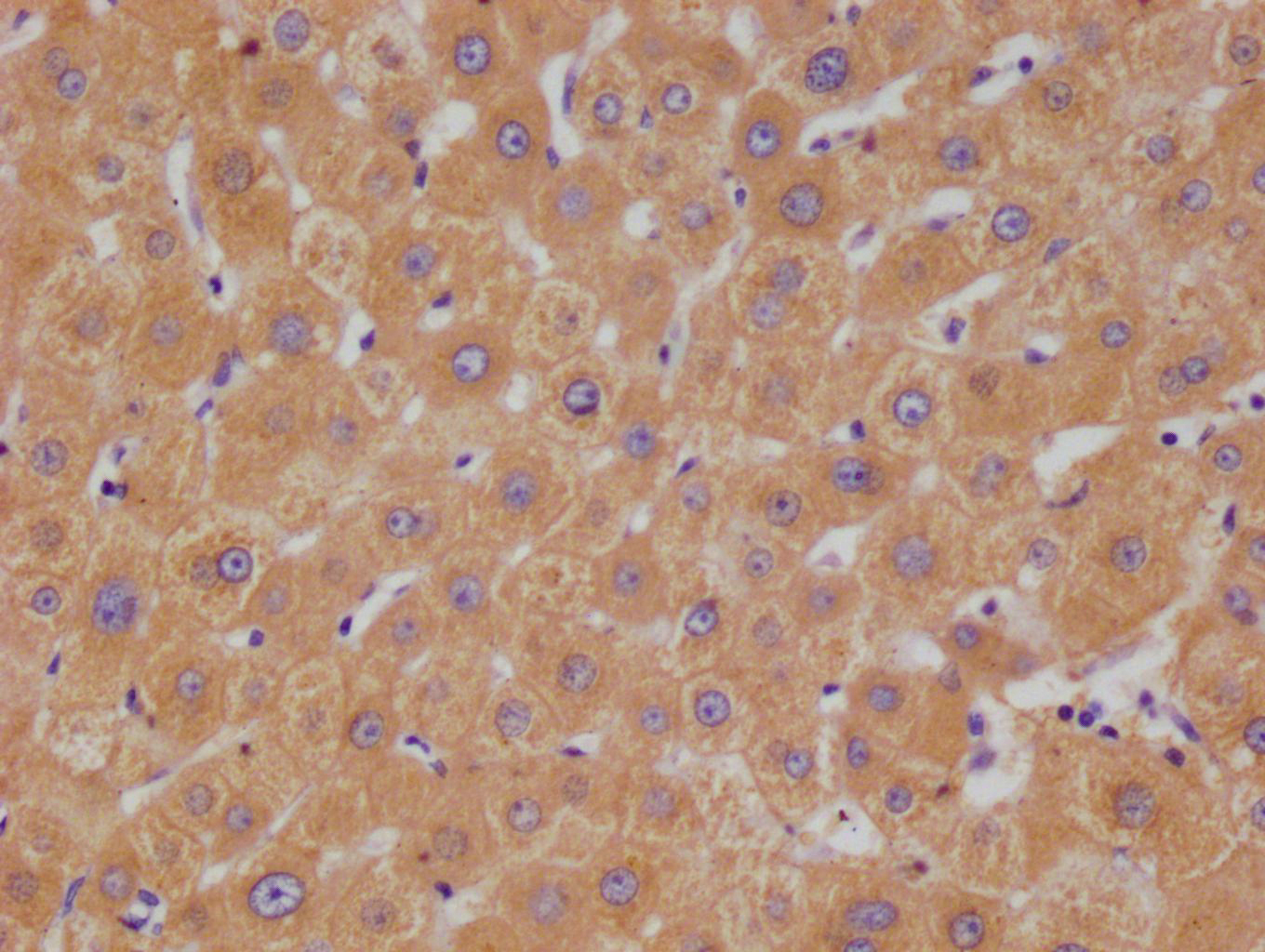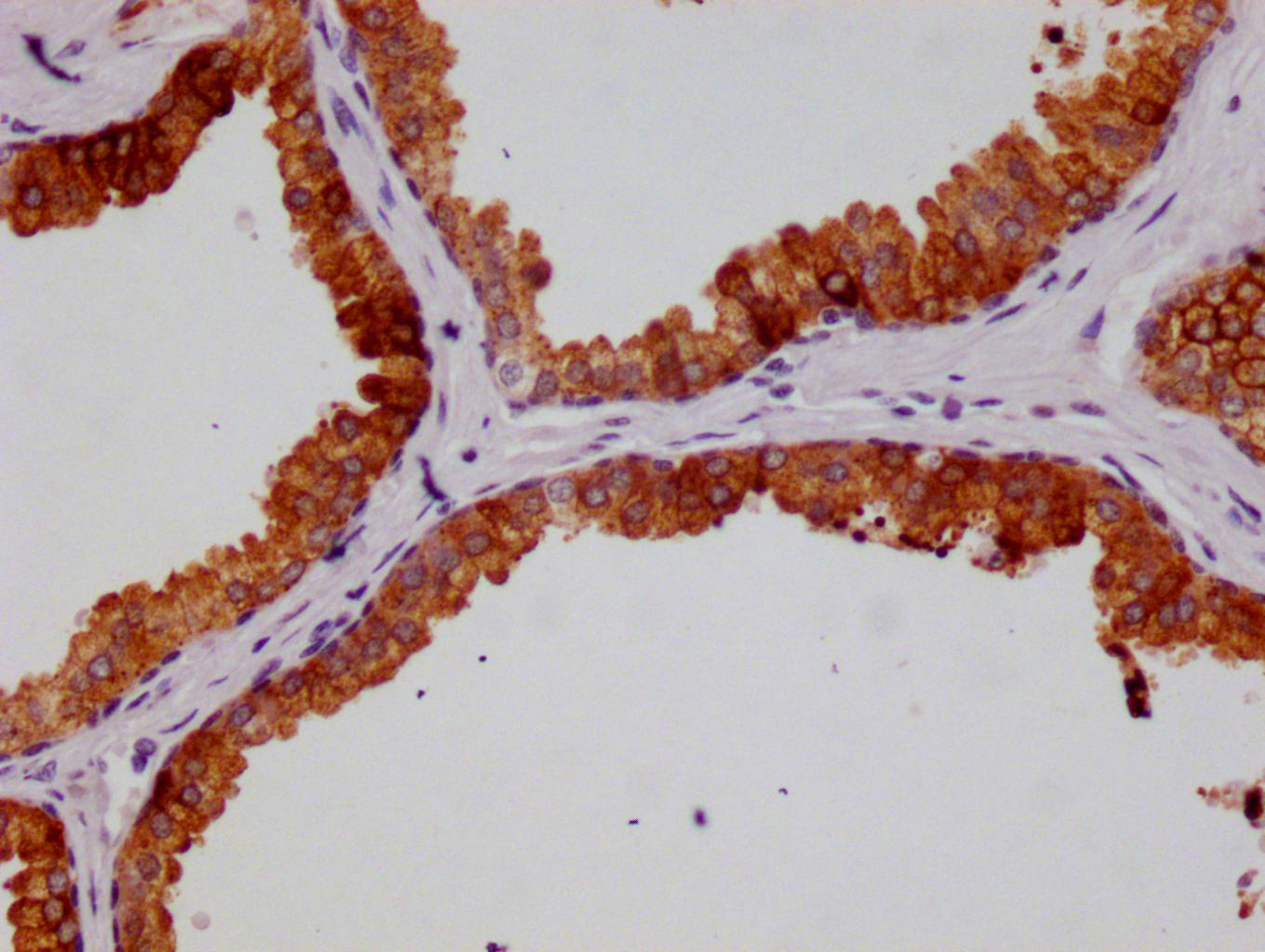Alternative Names
Homogentisate 1,2-dioxygenase (EC 1.13.11.5) (Homogentisate oxygenase) (Homogentisic acid oxidase) (Homogentisicase), HGD, HGO
Immunogen
A synthesized peptide derived from human HGD
Immunogen Species
Homo sapiens (Human)
Purification Method
Affinity-chromatography
Concentration
It differs from different batches. Please contact us to confirm it.
Buffer
Rabbit IgG in 10mM phosphate buffered saline , pH 7.4, 150mM sodium chloride, 0.05% BSA, 0.02% sodium azide and 50% glycerol.
Tested Applications
ELISA, IHC
Recommended Dilution
| Application |
Recommended Dilution |
| IHC |
1:50-1:200 |
Storage
Upon receipt, store at -20°C or -80°C. Avoid repeated freeze.
Lead Time
Basically, we can dispatch the products out in 1-3 working days after receiving your orders. Delivery time maybe differs from different purchasing way or location, please kindly consult your local distributors for specific delivery time.
Description
The HGD recombinant monoclonal antibody is produced through a meticulous process involving several essential steps. Firstly, immunizing an animal with a synthesized peptide derived from human HGD and harvesting the B cells. Extracting total RNA from the harvested B cells and synthesizing cDNA. The cDNA is used as the template for the amplification of the HGD antibody genes through PCR. The HGD antibody genes are incorporated into an expression vector, which is transfected into host cells to enable antibody production. Subsequently, the HGD recombinant monoclonal antibody is purified from the cell culture supernatant using affinity chromatography. This HGD recombinant monoclonal antibody can react with human protein in ELISA and IHC applications.
Usage
For Research Use Only. Not for use in diagnostic or therapeutic procedures.







